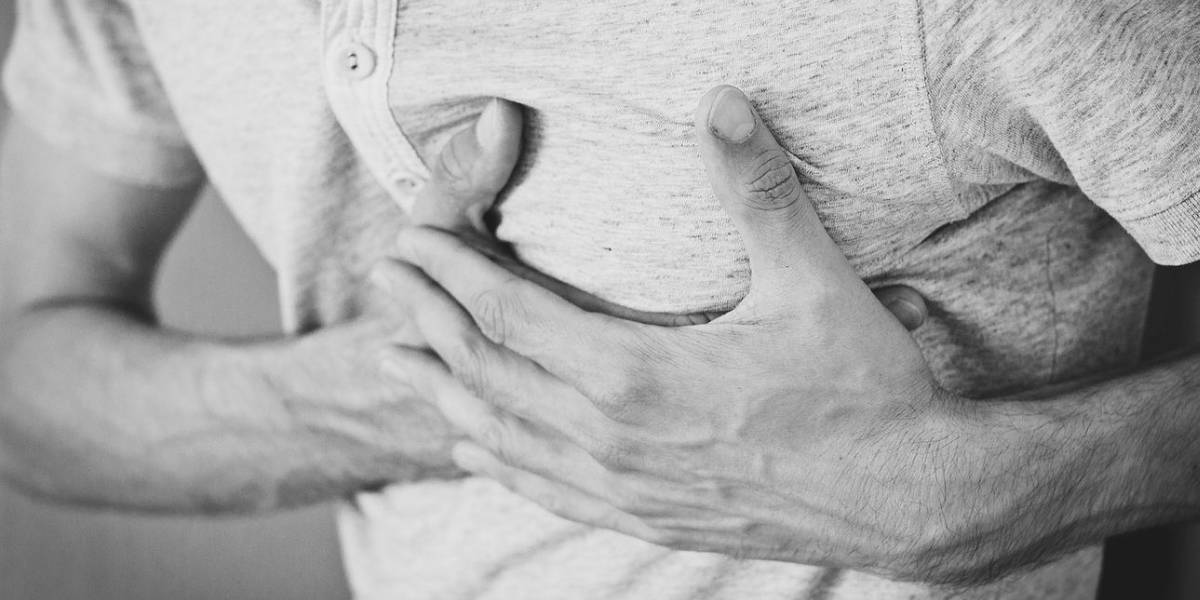Dr Nisarga urged families not to ignore subtle symptoms in children and young adults, such as fatigue, breathlessness during play, or decreased stamina.
Published Jun 25, 2025 | 9:52 PM ⚊ Updated Jun 25, 2025 | 9:52 PM

The patient had two superior vena cavae — the large veins that return deoxygenated blood from the upper part of the body to the heart.
Synopsis: The patient, previously healthy and active, noticed his stamina dwindling. Investigations revealed that he had a superior vena cava (SVC)-type atrial septal defect (ASD). ASD itself is a known congenital condition, but the SVC-type is rare, accounting for only 4–10 percent of ASD cases.
In a groundbreaking medical feat, a 29-year-old software engineer’s heart was stopped and restarted after two hours during a rare, high-risk, robot-assisted heart surgery performed at KIMS Hospital in Kondapur, Hyderabad.
The patient, who had been struggling with unexplained fatigue and breathlessness, was diagnosed with an extremely rare congenital heart defect that had gone undetected since birth.
Dr Nisarga, Chief Consultant Cardiac Surgeon at KIMS, shared the remarkable details of the procedure with the media on Tuesday, 24 June, explaining that many congenital heart defects remain silent for years before manifesting symptoms.
“Some individuals are born with congenital heart defects, but these often go undetected for years,” he said.
The patient, previously healthy and active, noticed his stamina dwindling. “He could no longer play badminton like before. He felt unusually tired,” said Dr Nisarga. He visited multiple major hospitals, but most doctors refused to operate, citing the high complexity of his condition.
Further investigations revealed that he had a superior vena cava (SVC)-type atrial septal defect (ASD) — a hole in the heart located between the two upper chambers, or atria. ASD itself is a known congenital condition, but the SVC-type is rare, accounting for only 4–10 percent of ASD cases.
What made the case even more challenging was the presence of double SVC, a condition seen in just 0.5 percent of the general population. In lay terms, this means the patient had two superior vena cavae — the large veins that return deoxygenated blood from the upper part of the body to the heart. One of them was malformed, complicating the circulatory anatomy.
To confirm the unusual anatomy, the team conducted a transesophageal echocardiography (TEE) — a type of ultrasound performed through the esophagus that provides detailed images of the heart — and right heart catheterization, a diagnostic procedure where a thin tube is inserted into the right side of the heart to measure pressures and oxygen levels.
Only after this thorough evaluation did the surgical team decide to proceed with a robot-assisted correction of the defect using the da Vinci Robotic Surgical System, a robotic surgical system that uses a minimally invasive surgical approach.
“The heart was stopped for nearly 120 minutes, and the patient was placed on cardiopulmonary bypass — a machine that temporarily takes over the function of the heart and lungs during surgery,” said Dr Nisarga. “This allows surgeons to work on a still, bloodless heart.”
Using the robotic arms inserted through a small incision in the chest, the surgical team closed the heart defect with extraordinary precision.
While “robot-assisted” might conjure images of autonomous machines performing surgery, Dr Nisarga clarified a common misconception: “The robot does not perform the surgery on its own. A trained cardiac surgeon sits at a console and controls the robotic arms, using high-definition 3D imaging. The robot enhances the surgeon’s precision, especially in complex cases like this, but it never replaces human expertise.”
The entire surgery took over five hours. Thanks to the minimally invasive approach made possible by robotic technology, the patient recovered swiftly and was discharged within a week.
“In open-heart surgeries, recovery can take weeks or even months,” said Dr Nisarga. “But with robotic surgery, patients typically experience less pain, minimal scarring, and quicker healing.”
Dr Nisarga urged families not to ignore subtle symptoms in children and young adults, such as fatigue, breathlessness during play, or decreased stamina.
“In this case, the oxygen-rich blood was mixing with deoxygenated blood in a one-sided flow. That made surgery possible. If the flow had been bi-directional, it could have led to irreversible damage and ruled out surgery altogether,” he said.
The case, rare in its complexity and life-changing in its outcome, showcases the growing role of robotic assistance in Indian cardiac care. For this 29-year-old engineer, it also meant something simpler: a second chance at life — and badminton.
(Edited by Majnu Babu).
